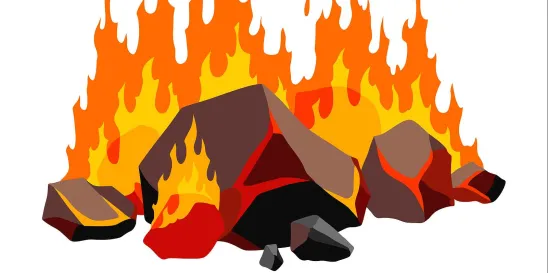Readers may recall that I have penned several posts on the subject whether coal is a mineral for purposes of the Securities and Exchange Commission's resource extraction disclosure rules:
- Is Coal A Mineral And Why Ask?
- Resource Extraction Payments Disclosure: "I've Information Vegetable, Animal, and Mineral"
- The SEC Insists On "Terminological Inexactitude" For Resource Extraction Issuer Rule
When the SEC proposed the resource extraction disclosure rules, I urged the SEC to define the term "mineral". The SEC, however, rejected my recommendation, resolutely maintaining that the term "mineral" is "commonly understood" despite a U.S. Supreme Court finding the opposite:
The word ‘mineral’ is used in so many senses, dependent upon the context, that the ordinary definitions of the dictionary throw but little light upon its signification in a given case
Northern Pacific R. Co. v. Soderberg, 188 U. S. 526, 530 (1903)).
In one of my posts, I asked: "Is an issuer that operates a gravel pit, a limestone quarry, or coal mine a resource extraction issuer?" The answer, of course, depends upon the definition of "mineral". Now, lo and behold, we have a California case engender by the ambiguity of the term "minerals". In Vulcan Lands, Inc. v. Currier, 2023 WL 8821307, the issue involved whether "minerals" included gravel. Construing the ambiguity in favor of the grantor, the Court of Appeal found that "minerals" included gravels on the record before it. While this case has nothing to do with the SEC's rule, it does vindicate my pertinacity in insisting that the SEC erred in claiming that "mineral" is a commonly understood term. As a result of the SEC's unwillingness to define this fundamental term, it has rendered the entire rule vague and ambiguous.



 />i
/>i

